1. Keep the Dog training sessions Fun! Dog Dancing should be fun. Keep your voice and energy exuberant and pleasant. Be genuinely excited and engaged during dog training sessions. Your dog will reflect your energy back to you.
2. Have lots of tasty rewards and favorite toys to give your dog when they do good.
Having a variety of goodies keeps your dog engaged and excited about training longer. Use high value food rewards like cheese, hot dogs, liver, and lunch meat. Reward often. Don't be stingy with your rewards while training.
3. Train your dog in short sessions and build up his endurance over time. Stop when your ahead and your dog will be more excited the next time you train. Overtraining can lead to a frustrated, and potentially sore dog.
4. Take play breaks between training sessions. This helps keep your dog excited about working with you and gives him a break to play with his favorite toy. Sometimes you get the best training workout working on known behaviors while playing with your dog's favorite toy.
5. During long dog training sessions especially during class or workshops, give your dog a break. Let him have a rest period to chill out and process all that learning. Using a mat or crate for this exercise is helpful.
6. Train positively during training sessions. Your dog is more likely to want to try new moves when he is rewarded positively for his efforts. Do not yell, tell your dog no or hurt your dog in any way including pinching, using shock, prong or choke collars or kicking. Your dog does not have to perform tricks for you. Dogs learn 10 times faster with positive reinforcement methods.
7. Clicker train your dog to perform. Using the clicker is an easy way to accurately mark the exact behavior you want out of your dog.
8. Select music that fits your dog's gait well. Does your dog move fast or slow? Is he big or small? Take these things in consideration when choosing music. A small terrior would probably do well with a faster more upbeat song, while a great dane would do well with a slower deeper song. By choosing music appropriate to your dog, he will have greater ease of actually moving with the music and looking like you are really dancing together.
9. Work from the start to minimize you signals when training. If you use the lure method to teach behaviors, only lure the first 3 times or so, then stop having food in your hand. Getting your dog to perform the behavior without following food will go a long way to getting your dog thinking sooner. Work on getting your hand signals small and standing upright. It doesn't look good to watch someone bending over and very visibly signaling or luring their dog thru each move.
10. Add verbal cues as soon as possible. Give the verbal cue before your hand signal or before you expect the dog to perform the behavior. Try to avoid repeating the cue over and over as this will make your dog think the cue is supposed to be repeated several times. Wait a second after the verbal cue for your dog to perform the behavior and if he doesn't, give the hand signal. Soon your dog will associate the verbal with the behavior. It is also helpful to praise the good behavior by naming it when he performs. If your dog offers different behaviors, name those, but wait for the correct behavior. Using verbal cues is a great way to make it look like your dog can read your mind. Remember dogs have very good hearing, so practice saying the cues softly. Everyone will be amazed at how smart your dog is.
To learn more about Musical Canine Freestyle and to watch lots of cute dog videos visit http://DoggieDancing.com Sign up for our Newsletter to receive tips and tricks from the expert and news from the Doggie Dancing world. Like us on Facebook and connect with other dancers like you. Want to learn how to dance with your dog? Visit http://PrancingPawsAcademy.com to sign up for an online dog training course.
Written by Nyle Smith

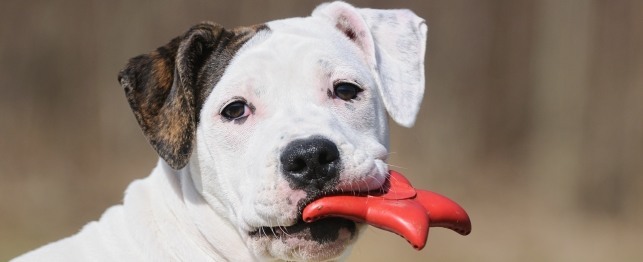 Safe Chew Toys for Your Dog
Safe Chew Toys for Your Dog
Safe Chew Toys for Your Dog
Safe Chew Toys for Your Dog
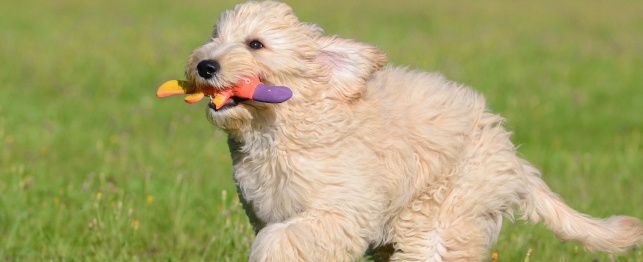 Five Games That Will Delight Your Dog
Five Games That Will Delight Your Dog
Five Games That Will Delight Your Dog
Five Games That Will Delight Your Dog
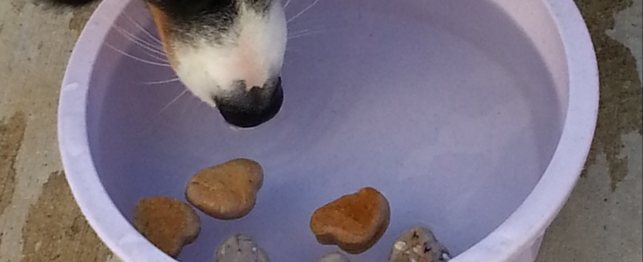 Games for Dogs: Bobbing for Biscuits
Games for Dogs: Bobbing for Biscuits
Games for Dogs: Bobbing for Biscuits
Games for Dogs: Bobbing for Biscuits
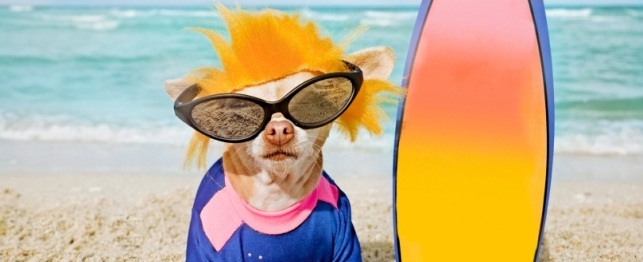 Dog Dudes: Surfing Dogs
Dog Dudes: Surfing Dogs
Dog Dudes: Surfing Dogs
Dog Dudes: Surfing Dogs
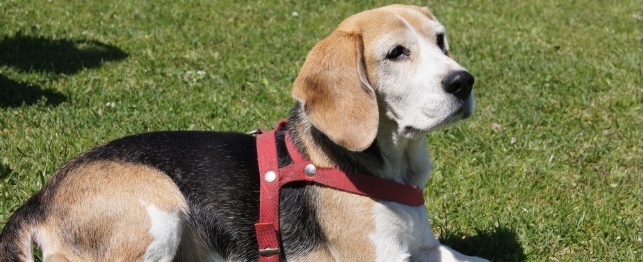 The Dark Side of Dog Parks – Why Dog Parks May Not Be Your Dog’s Friend
The Dark Side of Dog Parks – Why Dog Parks Ma
The Dark Side of Dog Parks – Why Dog Parks May Not Be Your Dog’s Friend
The Dark Side of Dog Parks – Why Dog Parks Ma